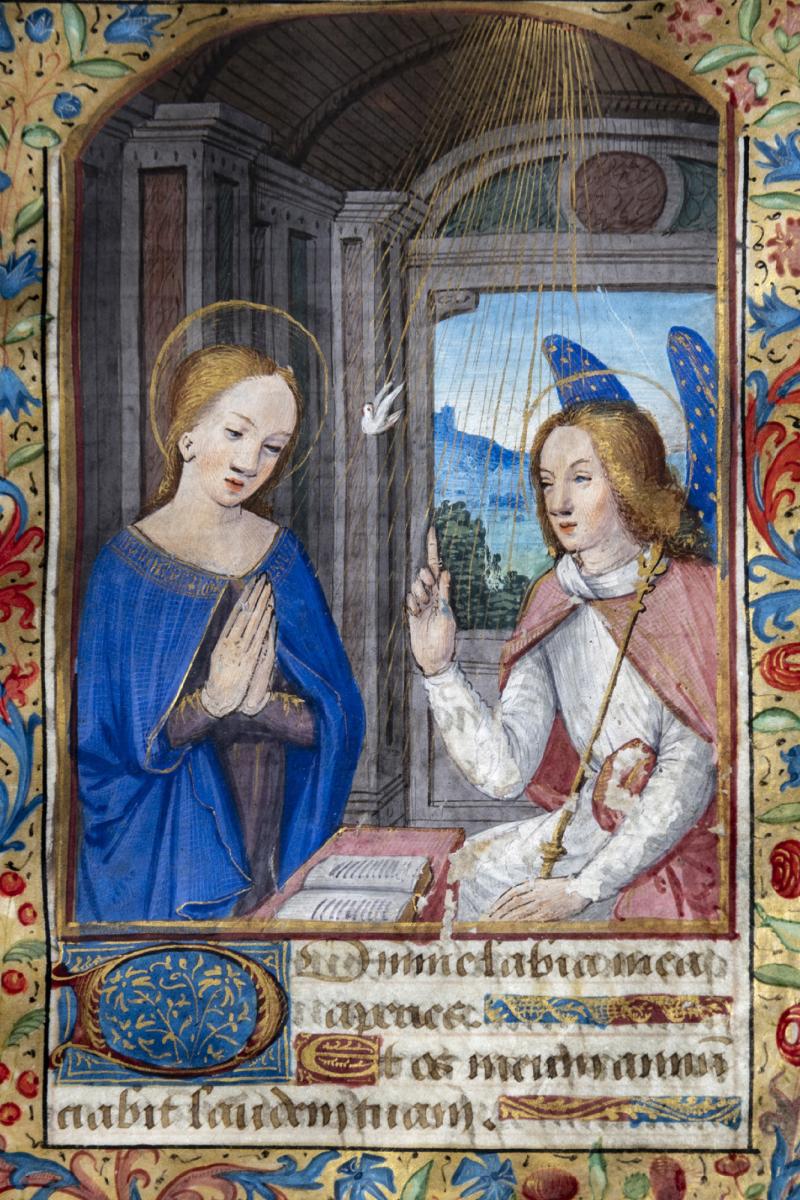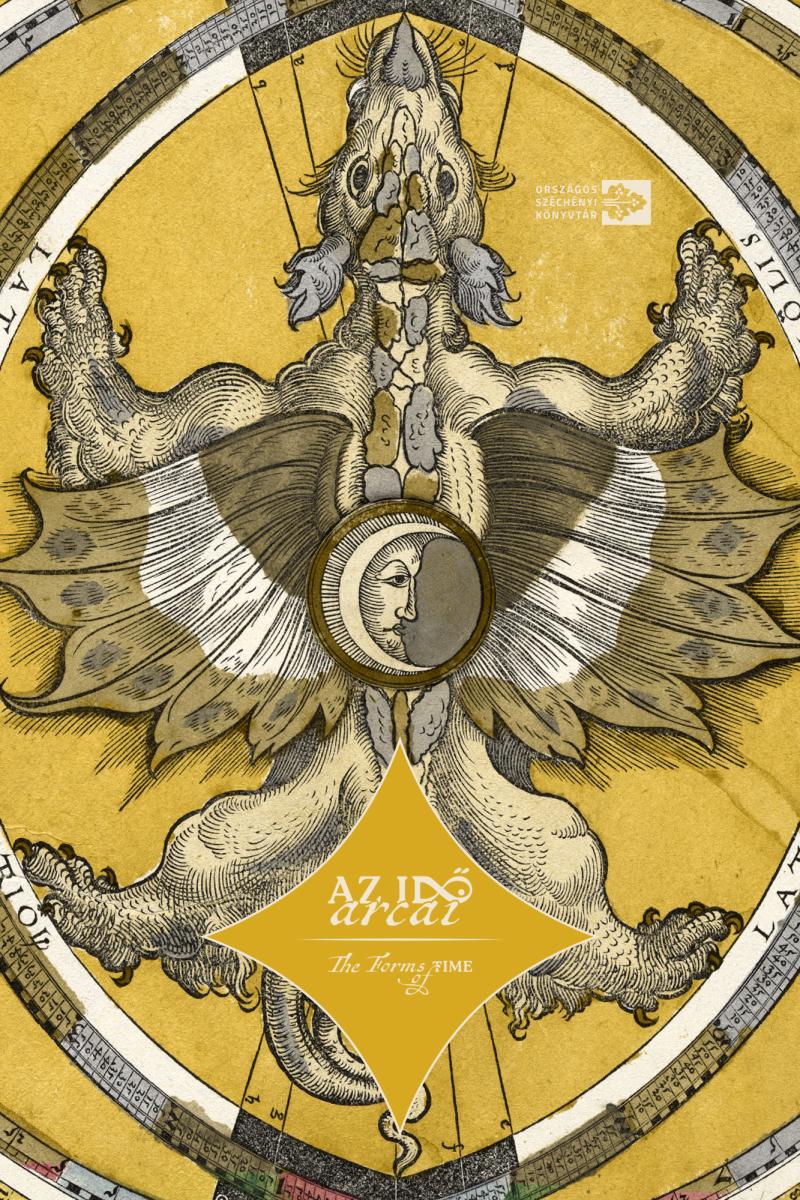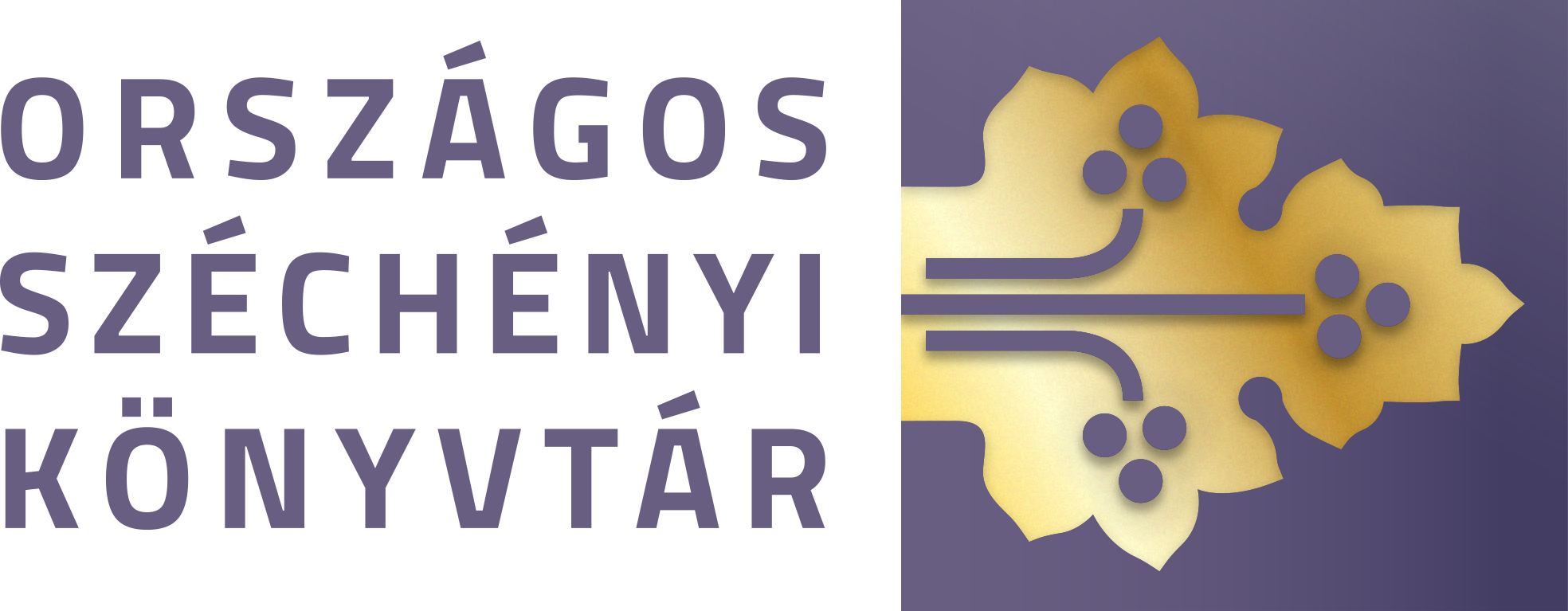The Forms of Time
2024/04/12 - 2024/07/13
The NSZL's temporary exhibition presents an innovative and family-friendly approach to time in ancient and Christian culture: in addition to calendars, chronicles, postcards and photographs, visitors can try out tangible and digital curiosities for children, too, who, among other treasures, can also get acquainted with the unique Pannonhalma Book of Hours and Ferenc Liszt's pocket calendar.
The exhibition runs from 12 April to 13 July 2024,
Tuesday to Saturday from 10 am to 6 pm
(last entry: Tuesday–Thursday 5 pm, Friday–Saturday 6 pm).
Visitors with a valid reader pass can visit the exhibition free of charge.
For visitors without a reader pass, the following ticket prices apply:
Full price ticket: 1200 HUF
Concession ticket (students, pensioners): 600 HUF
Family ticket for 4 persons: 3000 HUF
Family ticket for 3 persons: 2500 Ft
Guided tour (on request): 3000 HUF/group
Guided tour for school groups is free of charge.
Registration (at least two weeks before the planned visit): csoportvezetes oszk.hu
oszk.hu
This unique exhibition aims to showcase our holidays, our most important days of remembrance, and the significance of celebrating them year by year. It gives us a glimpse into the way the ancients envisioned time and how our ancestors pondered the future, how they thought about everyday life and holidays.
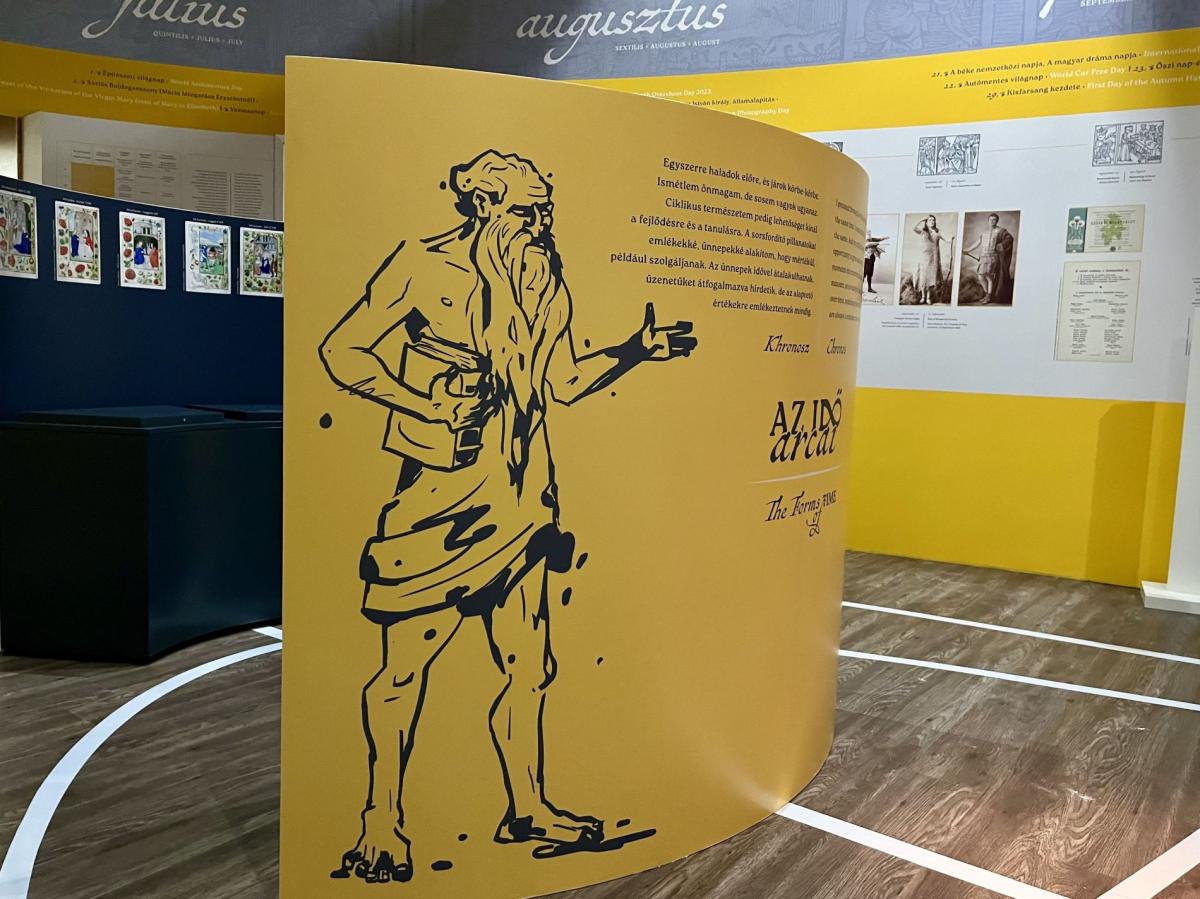
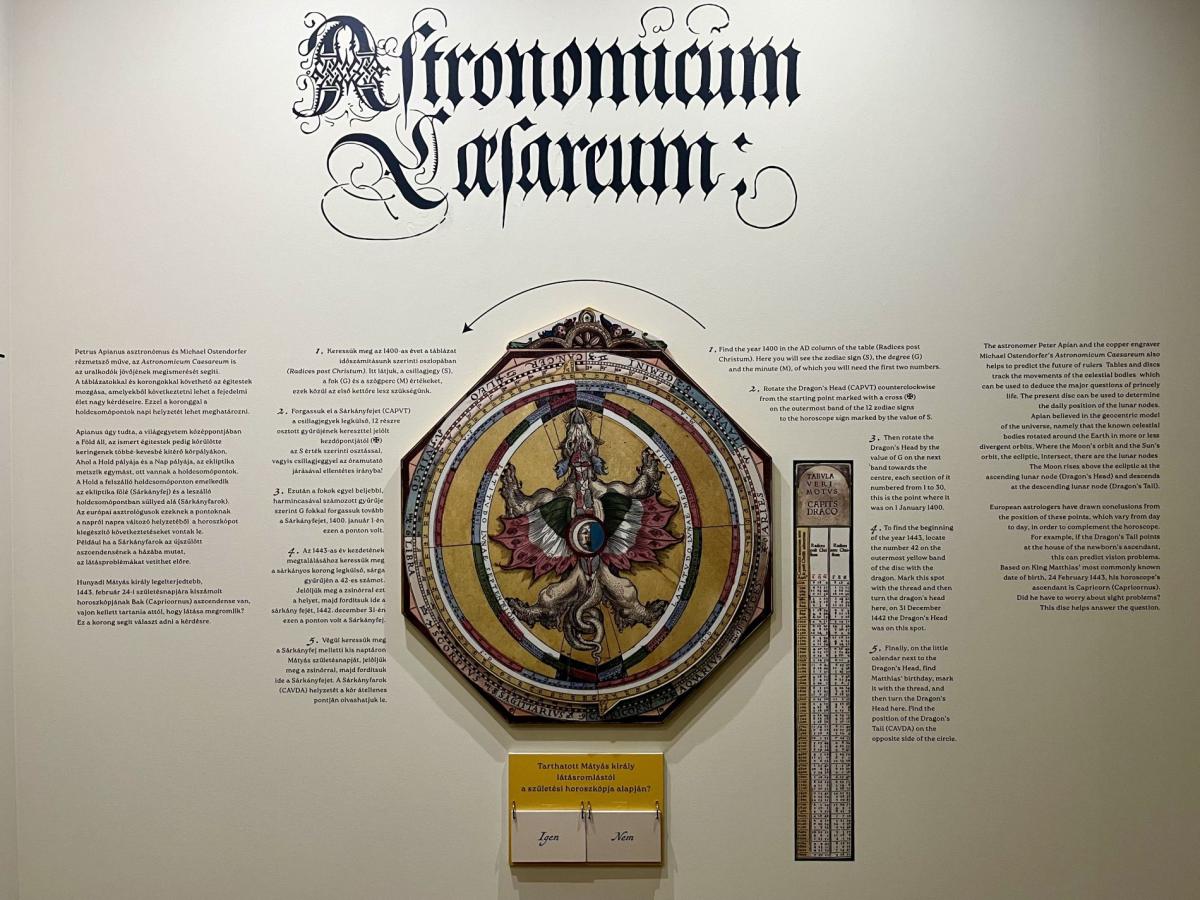

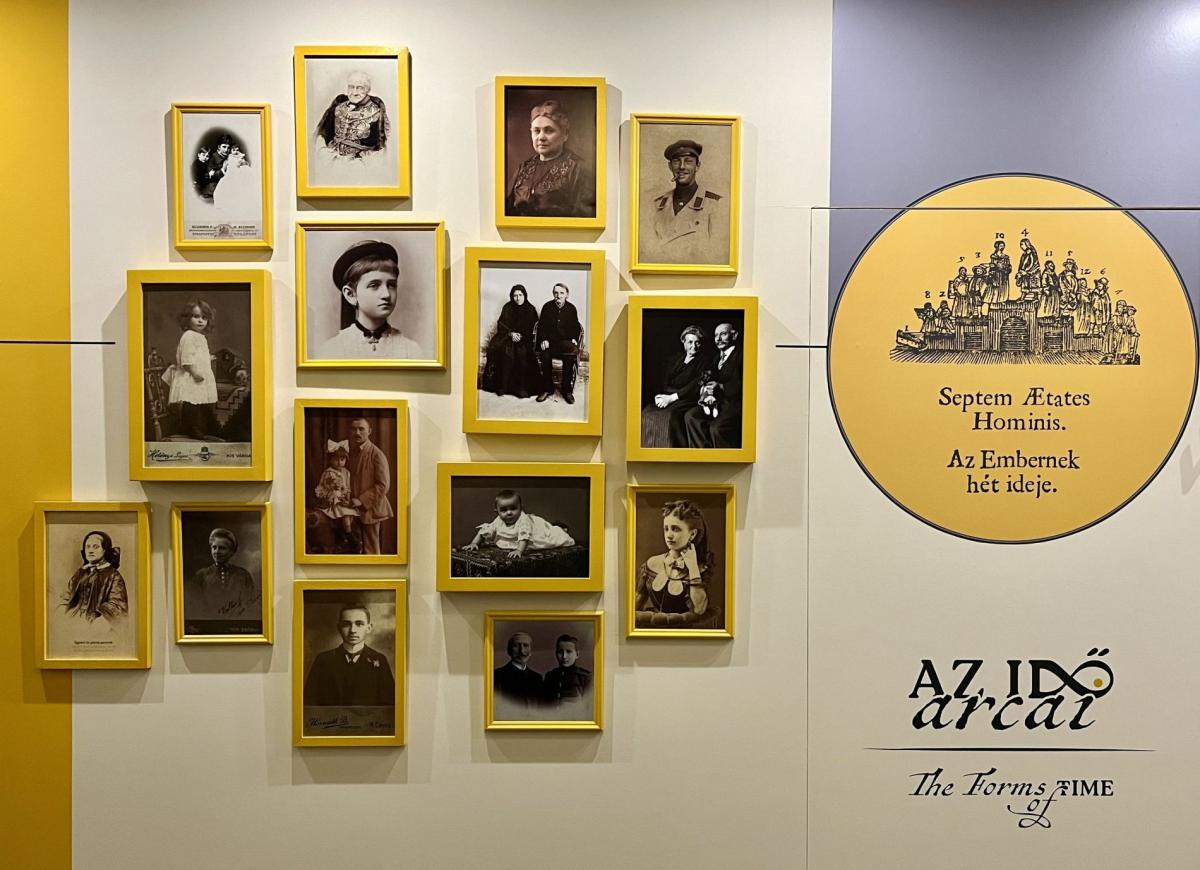
The family-friendly exhibition explores three aspects of time, giving us a glimpse into how we think about time. In the first, linear space, there are chronological works: chronicles, old calendars, diaries of famous people. In the second space, which shows cyclical time, the circle of the year and the day is presented. In this space, you can see the service books relating to the ecclesiastical year and the succession of our significant days. The third room places the visitor in the passing moment. Through a kind of spiritual guidance, special objects and quotations help us to understand the importance of each moment, its potential and value.
Since antiquity depicts time with two figures, Chronos and Kairos, these two figures accompany the visitor in the exhibition space. Chronos is the embodiment of endlessly flowing time, while the young Kairos represents the precious instant of time.
The exhibition presents the rush, the cycle and the festive moments, with documents and objects ranging from a puppetry to a celestial globe, from a divination book to a pocket calendar of Franz Liszt, including also maps, photos, clocks, posters, motion picture and audio recordings.
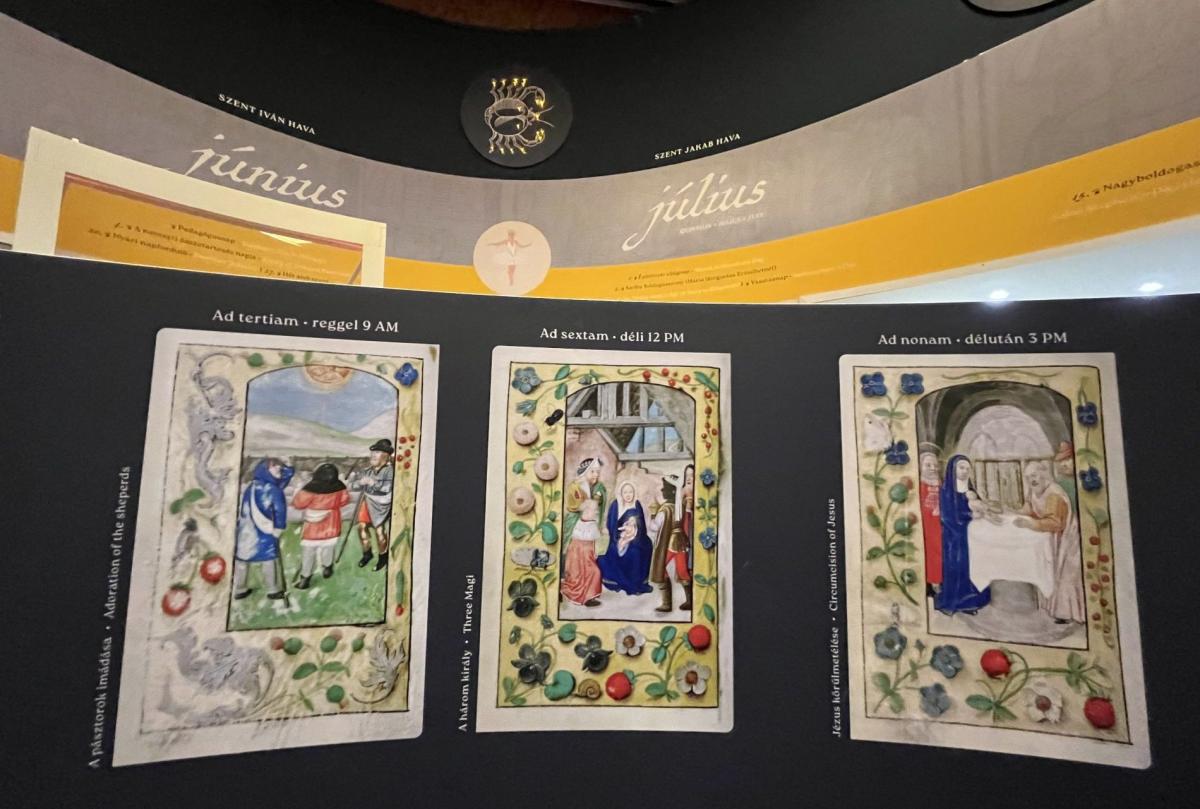
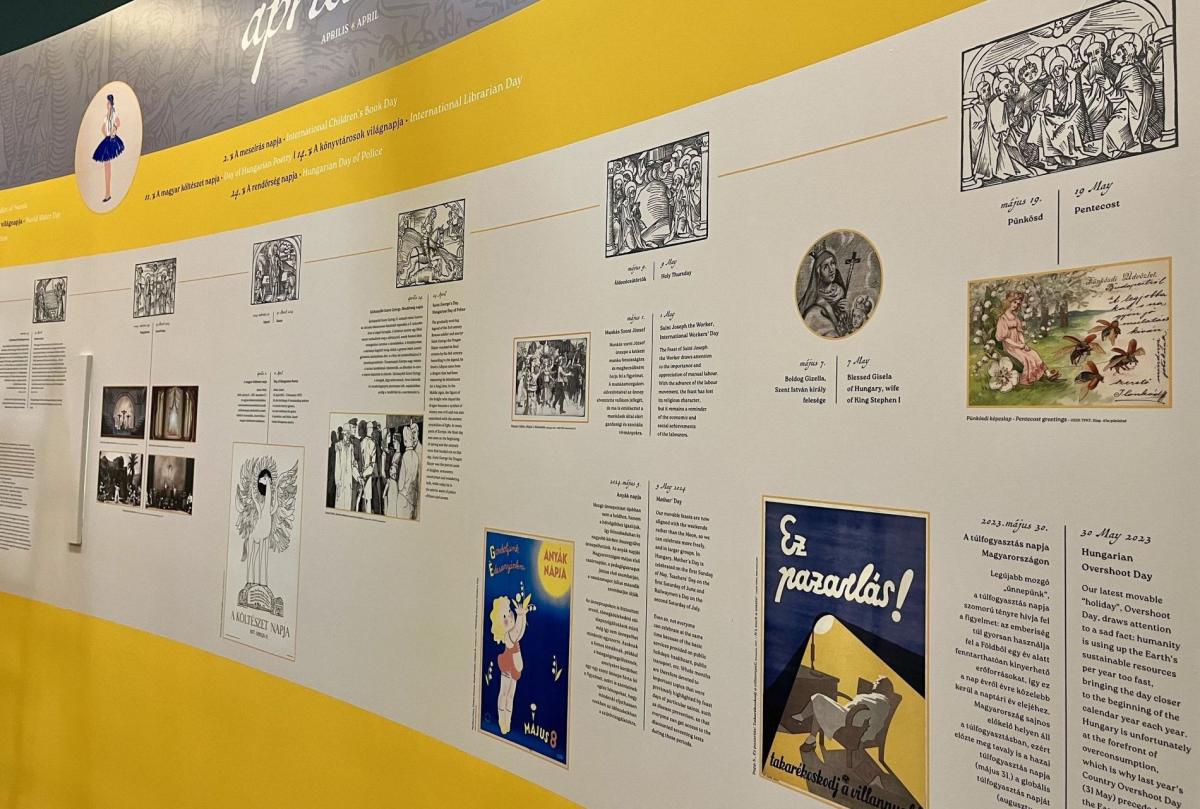
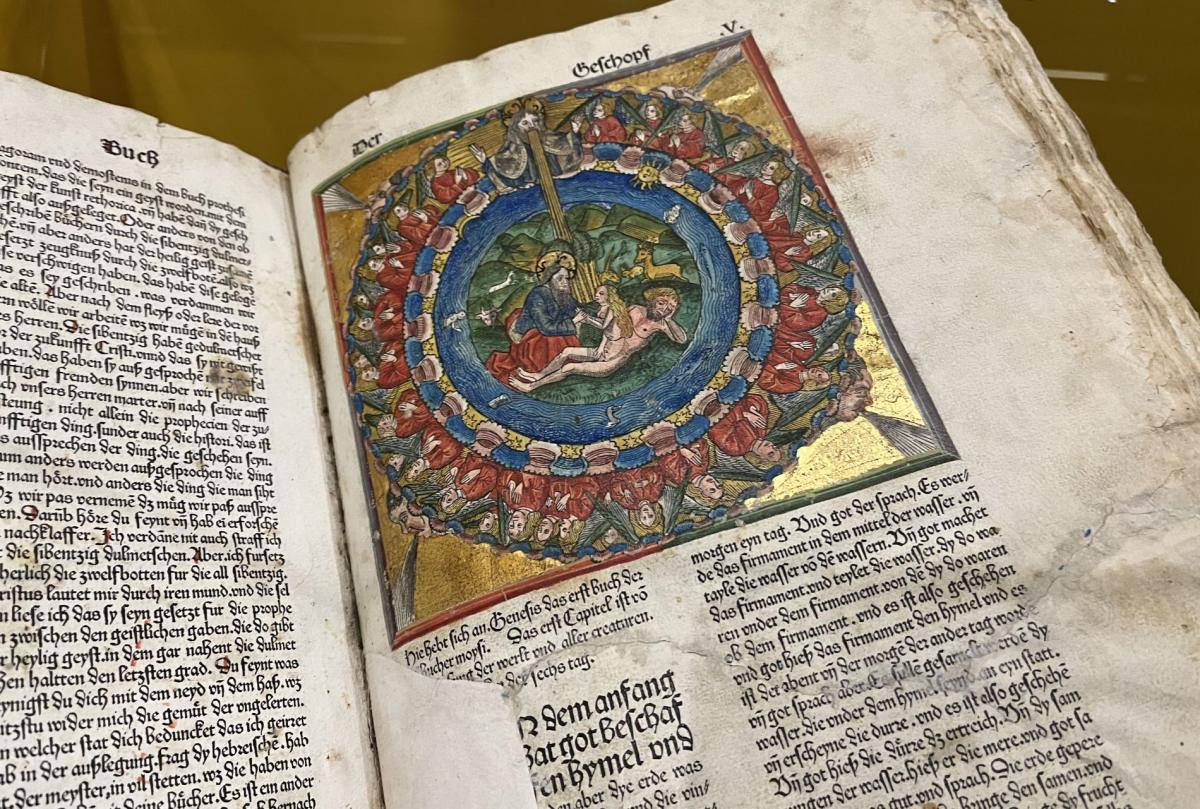

The Pannonhalma Book of Hours, dating from around 1500, which is one of the highlights of The Forms of Time, arrived in Budapest especially for the occasion. The most gifted will have the opportunity to gain an insight into the workshop secrets of European astronomy using a 16th century astronomical instrument, while those interested in their own future can use the virtual “marriage” of modern technology and the Fortuna fortune-telling book to make instant predictions about whether they will live long, have good luck, become rich or whether their next journey will be auspicious.
Visitors will also be able to take a closer look at the exhibited objects, also through interactive elements; they will be able to rotate a digital version of the celestial globe on loan from the Cistercian Historical Library in Zirc, which features 1250 stars arranged in 64 constellations. Children can wheel up the solar disc to the highest point in the sky on Midsummer's Day, symbolically jump across the fire, or flip through beautiful facsimile prayer books.
Visitors can take a close look at the twelve signs of the zodiac without binoculars. They can also send them as postcards from the exhibition's photo point or stamp them in their diaries using the stamp station.
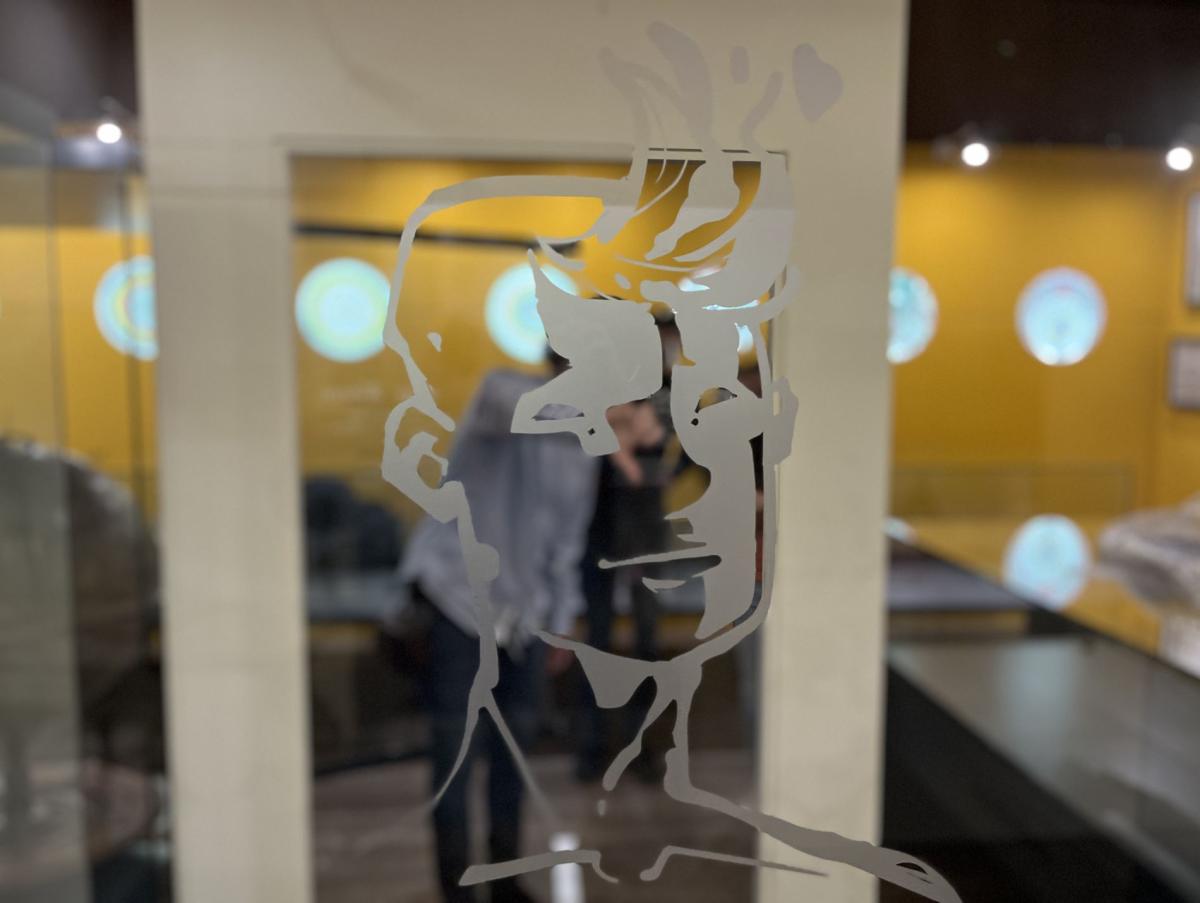
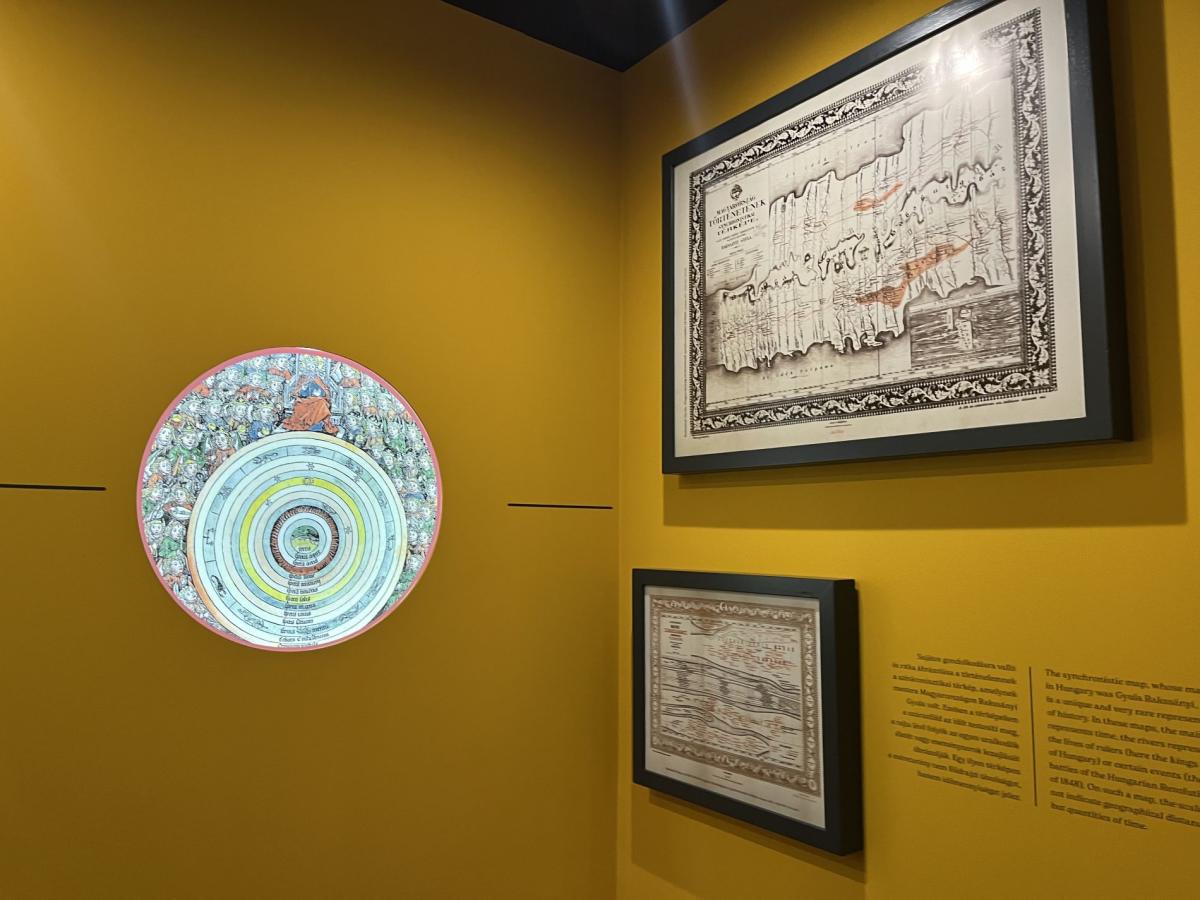
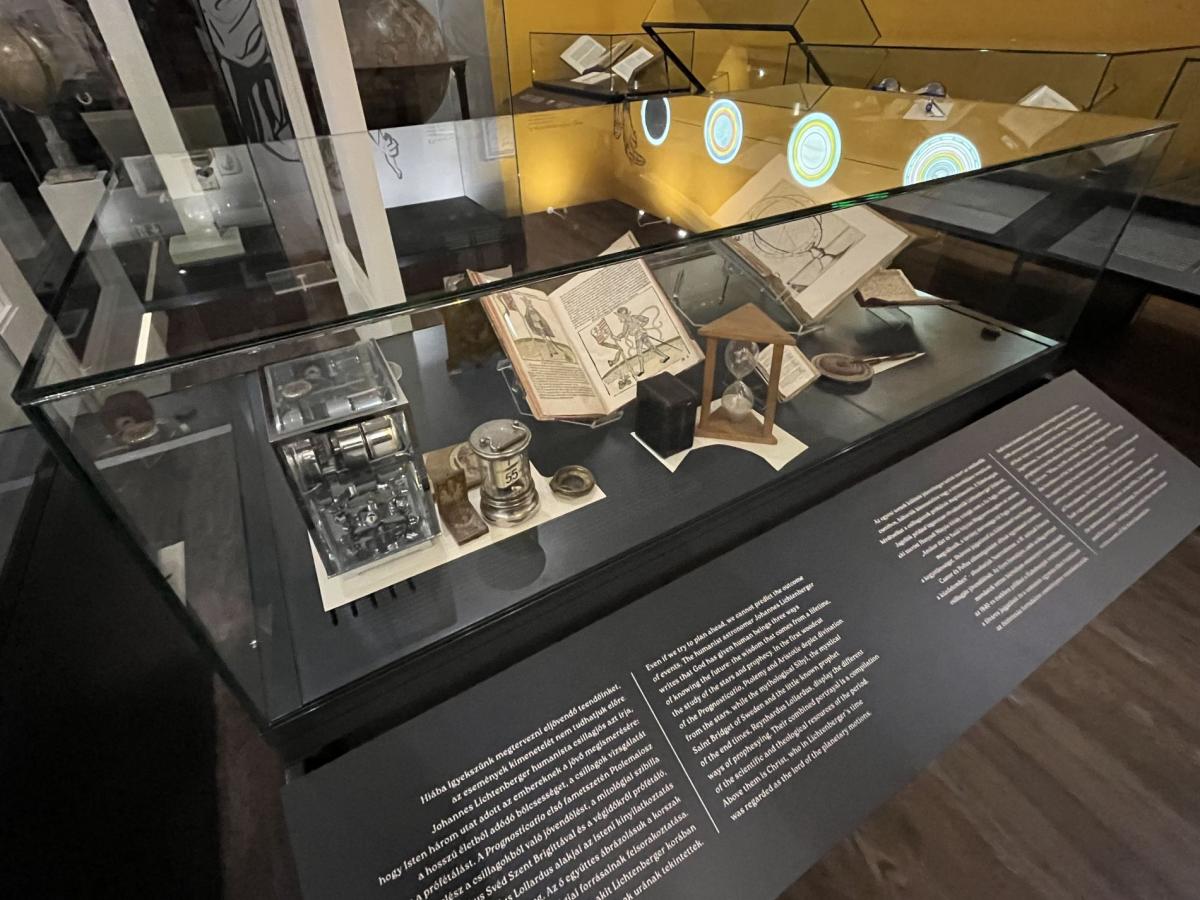
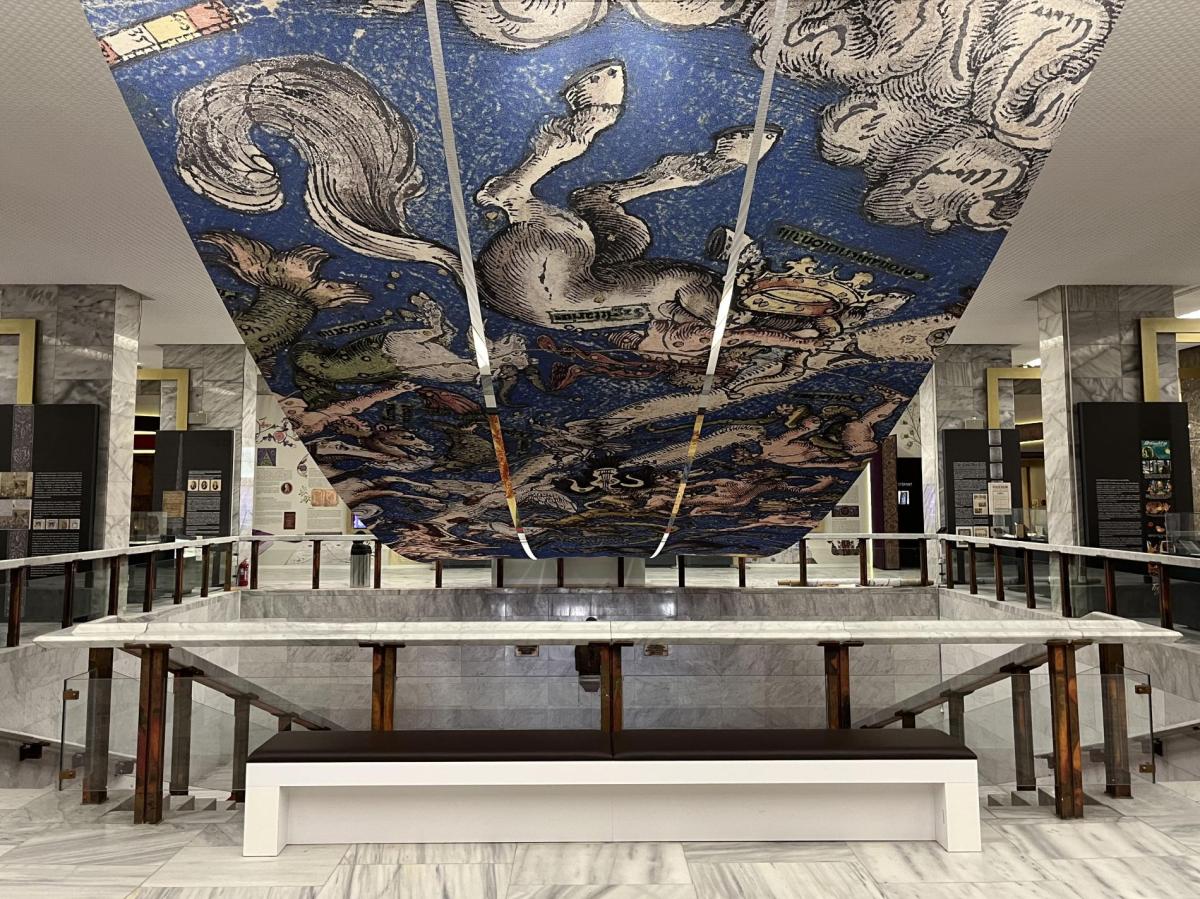
Curators of the exhibition:
Klaudia Túri, Bernadett Varga and Márton Szovák,
staff members of the Early Printed Books Collection of the NSZL.
Interior design was created by Mária Gazdag, a designer who has won international acclaim for her two previous exhibitions at the NSZL,
while graphic design was executed by Máté Török, a versatile artist
who recently won the Kossuth Prize with his ensemble Misztrál.
